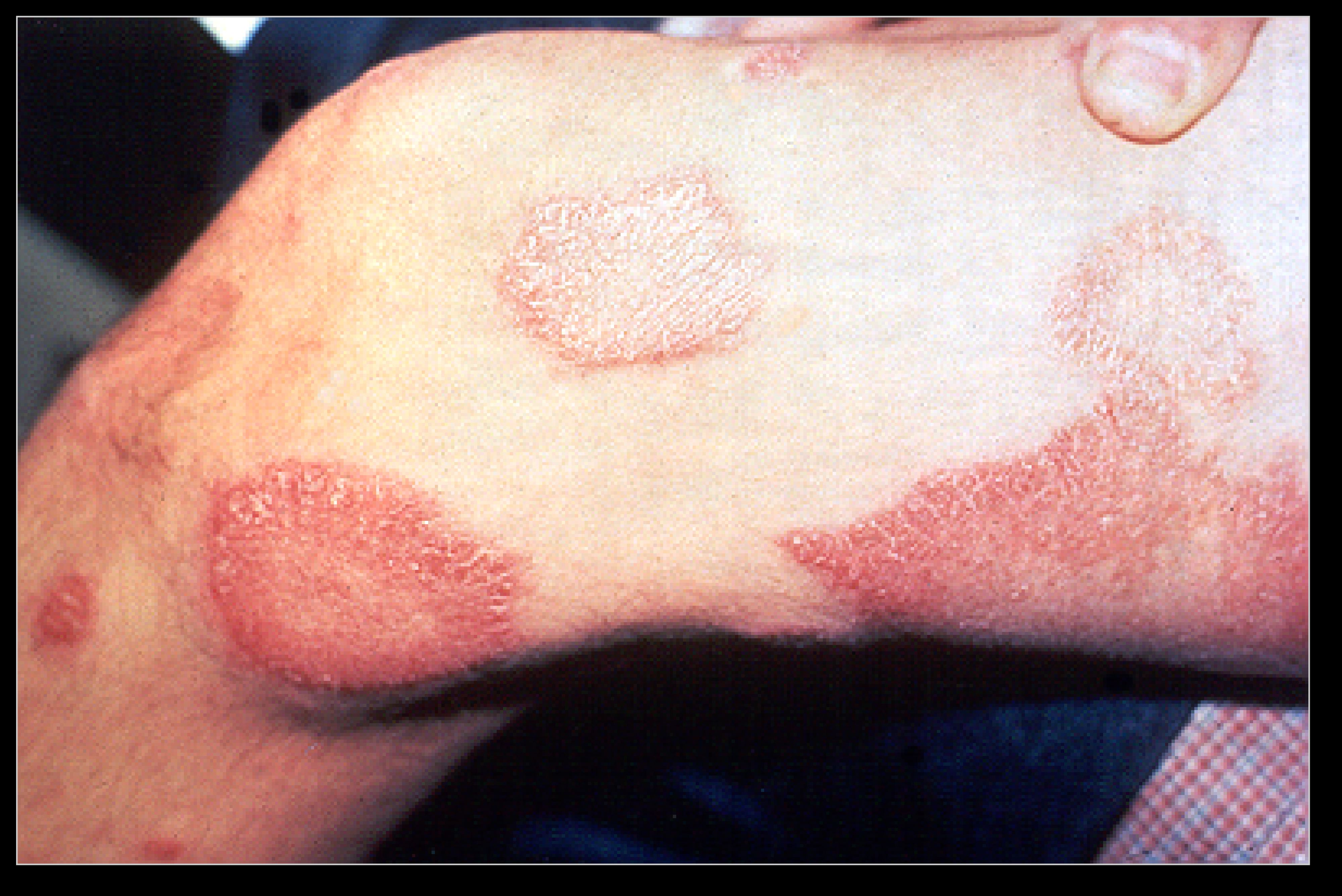Leprosy classification: Difference between revisions
No edit summary |
No edit summary |
||
| Line 15: | Line 15: | ||
Contrary to popular belief, Hansen's bacillus does not cause rotting of the flesh; rather, a long investigation by [[Paul Wilson Brand|Paul Brand]] yielded that insensitivity in the limbs extremities was the reason why unfelt wounds or lesions, however minute, lead to undetected deterioration of the tissues, the lack of pain not triggering an immediate response as in a fully functioning body. Recently, leprosy has also emerged as a problem in [[HIV]] patients on [[antiretroviral drugs]].<ref name=McNeil_2006>{{cite news | author = McNeil Jr DG|title = Worrisome New Link: AIDS Drugs and Leprosy |url = http://www.nytimes.com/2006/10/24/health/24lepr.html | work = New York Times |date = 2006-10-24 |accessdate=2007-05-07 }}</ref> | Contrary to popular belief, Hansen's bacillus does not cause rotting of the flesh; rather, a long investigation by [[Paul Wilson Brand|Paul Brand]] yielded that insensitivity in the limbs extremities was the reason why unfelt wounds or lesions, however minute, lead to undetected deterioration of the tissues, the lack of pain not triggering an immediate response as in a fully functioning body. Recently, leprosy has also emerged as a problem in [[HIV]] patients on [[antiretroviral drugs]].<ref name=McNeil_2006>{{cite news | author = McNeil Jr DG|title = Worrisome New Link: AIDS Drugs and Leprosy |url = http://www.nytimes.com/2006/10/24/health/24lepr.html | work = New York Times |date = 2006-10-24 |accessdate=2007-05-07 }}</ref> | ||
[[Image:Leprosy_thigh_demarcated_cutaneous_lesions.jpg|left|thumb|Cutaneous leprosy lesions on a patient's thigh.]] | [[Image:Leprosy_thigh_demarcated_cutaneous_lesions.jpg|left|thumb|Cutaneous leprosy lesions on a patient's thigh.]] | ||
<br clear="left"/> | |||
==References== | ==References== | ||
{{reflist|2}} | {{reflist|2}} | ||
Revision as of 17:28, 10 December 2012
|
Leprosy Microchapters |
|
Diagnosis |
|---|
|
Treatment |
|
Case Studies |
|
Leprosy classification On the Web |
|
American Roentgen Ray Society Images of Leprosy classification |
|
Risk calculators and risk factors for Leprosy classification |
Editor-In-Chief: C. Michael Gibson, M.S., M.D. [1]
Overview
The clinical manifestations of leprosy vary but primarily affect the skin, nerves, and mucous membranes.[1] Patients with this chronic infectious disease are classified as having paucibacillary (tuberculoid leprosy), multibacillary Hansen's disease (lepromatous leprosy), or borderline leprosy.
Classification
- Borderline leprosy (also termed multibacillary), of intermediate severity, is the most common form. Skin lesions resemble tuberculoid leprosy but are more numerous and irregular; large patches may affect a whole limb, and peripheral nerve involvement with weakness and loss of sensation is common. This type is unstable and may become more like lepromatous leprosy or may undergo a reversal reaction, becoming more like the tuberculoid form.
- Paucibacillary Hansen's disease is characterized by one or more hypopigmented skin macules and anaesthetic patches, i.e., damaged peripheral nerves that have been attacked by the human host's immune cells.
- Multibacillary Hansen's disease is associated with symmetric skin lesions, nodules, plaques, thickened dermis, and frequent involvement of the nasal mucosa resulting in nasal congestion and epistaxis (nose bleeds) but typically detectable nerve damage is late.
Contrary to popular belief, Hansen's bacillus does not cause rotting of the flesh; rather, a long investigation by Paul Brand yielded that insensitivity in the limbs extremities was the reason why unfelt wounds or lesions, however minute, lead to undetected deterioration of the tissues, the lack of pain not triggering an immediate response as in a fully functioning body. Recently, leprosy has also emerged as a problem in HIV patients on antiretroviral drugs.[2]

References
- ↑ Naafs B, Silva E, Vilani-Moreno F, Marcos E, Nogueira M, Opromolla D (2001). "Factors influencing the development of leprosy: an overview". Int J Lepr Other Mycobact Dis. 69 (1): 26–33. PMID 11480313.
- ↑ McNeil Jr DG (2006-10-24). "Worrisome New Link: AIDS Drugs and Leprosy". New York Times. Retrieved 2007-05-07.